Technology is generally said to be moving forward at a rocket pace. This statement is more or less true, and it is perfectly demonstrated by current chips, which excellently increase the performance and overall capabilities of the devices in question. We can see a similar process in practically every industry – whether it is displays, cameras and other components. Unfortunately, the same cannot be said about the controls. While manufacturers once tried to experiment and innovate in this industry at all costs, it doesn't quite look like that anymore. Quite the contrary.
It could be interest you
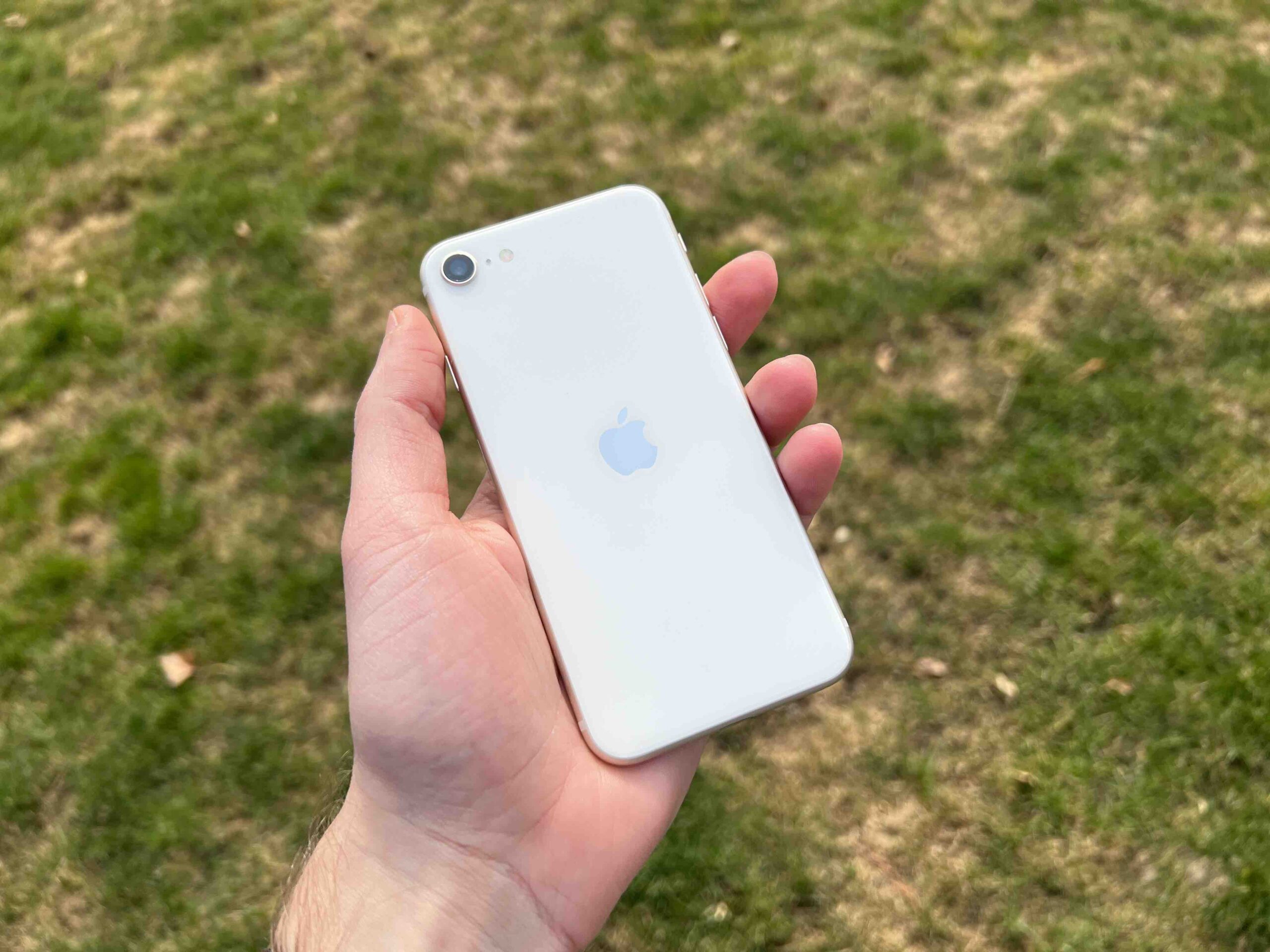
What is even more interesting is that this "problem" affects more than one manufacturer. In general, many of them retreat from earlier innovations and prefer to bet on time-honored classics, which may not be as good or comfortable, but on the contrary work, or can be cheaper in terms of costs. So let's take a look at what has gradually disappeared from phones.
Innovative control fades into oblivion
We Apple fans faced a similar step back with iPhones. In this direction, we mean the once popular 3D Touch technology, which can respond to the user's pressure and expand their options when controlling the device. The world saw the technology for the very first time in 2015, when the Cupertino giant incorporated it into the then-new iPhone 6S. 3D Touch can be considered a rather handy gadget, thanks to which you can very quickly open the context menu for notifications and individual applications. Just press more on the given icon and voila, you're done. Unfortunately, her journey ended relatively soon.
The removal of 3D Touch started to be talked about in the Apple corridors as early as 2019. It even partially happened a year before. That's when Apple came up with a trio of phones - the iPhone XS, iPhone XS Max and iPhone XR - with the latter offering the so-called Haptic Touch instead of the aforementioned technology. It works quite similarly, but instead of applying pressure, it relies on a longer press. When the iPhone 11 (Pro) arrived a year later, 3D Touch disappeared for good. Since then, we have to settle for Haptic Touch.

However, compared to the competition, the 3D Touch technology was completely overlooked. The manufacturer Vivo came up with a significant "experiment" with its NEX 3 phone, which at first glance impressed with its specifications. At the time, it offered the flagship Qualcomm Snapdragon 855 Plus chipset, up to 12 GB of RAM, a triple camera, 44W fast charging and 5G support. Much more interesting, however, was its design - or rather, as presented directly by the manufacturer, its so-called waterfall display. If you've ever wanted a phone with a truly edge-to-edge display, this is the model with a display that covers 99,6% of the screen. As you can see in the attached image, this model doesn't even have side buttons. Instead of them, there is a display that, thanks to Touch Sense technology, replaces the power button and the volume rocker at these points.
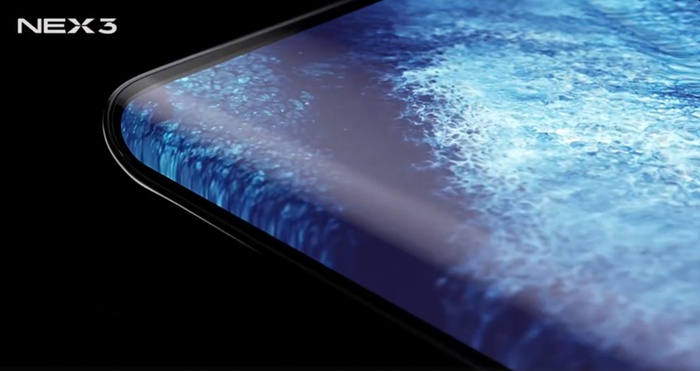
The South Korean giant Samsung is well known for similar experiments with an overflowing display, which already came up with such phones years ago. Despite this, they still offered classic side buttons. But when we look again at the present, specifically at the current Samsung Galaxy S22 flagship series, we again see a kind of step back. Only the best Galaxy S22 Ultra has a slightly overflowing display.
Will innovation come back?
Subsequently, the question naturally arises as to whether manufacturers will turn back and return to the innovative wave. According to current speculations, nothing similar is likely to await us. We can probably expect the most diverse experiments only from Chinese manufacturers, who are trying to innovate the entire mobile phone market at all costs. But instead, Apple bets on safety, which reliably maintains its dominant position. Do you miss 3D Touch, or did you think it was unnecessary technology?
It could be interest you
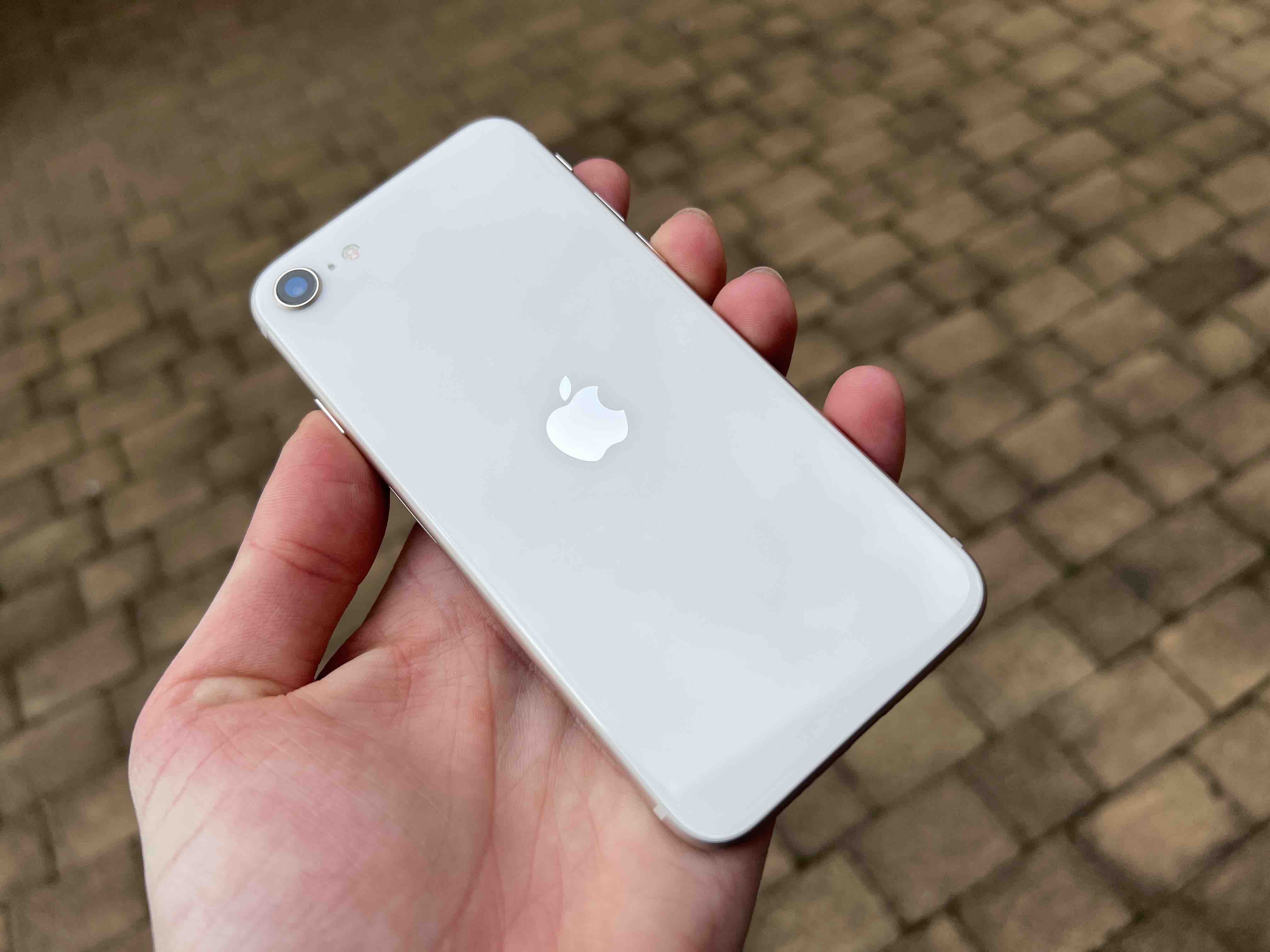
 Adam Kos
Adam Kos 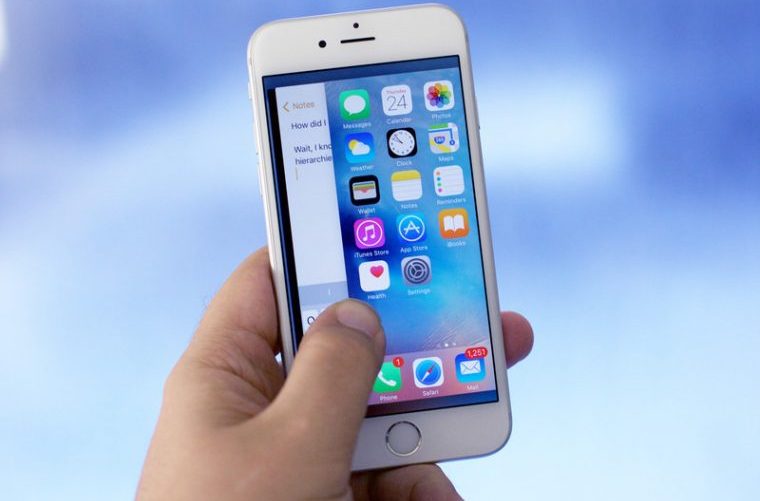

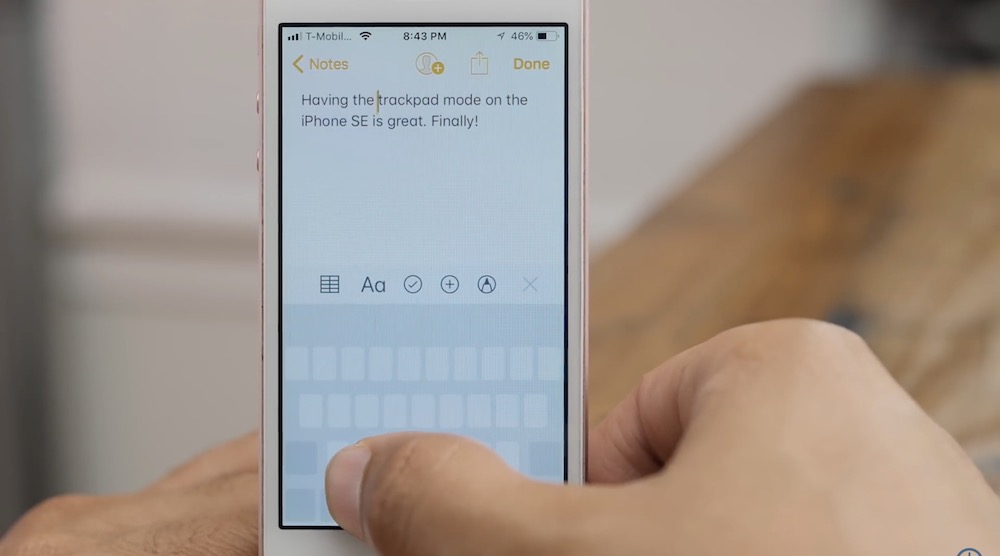
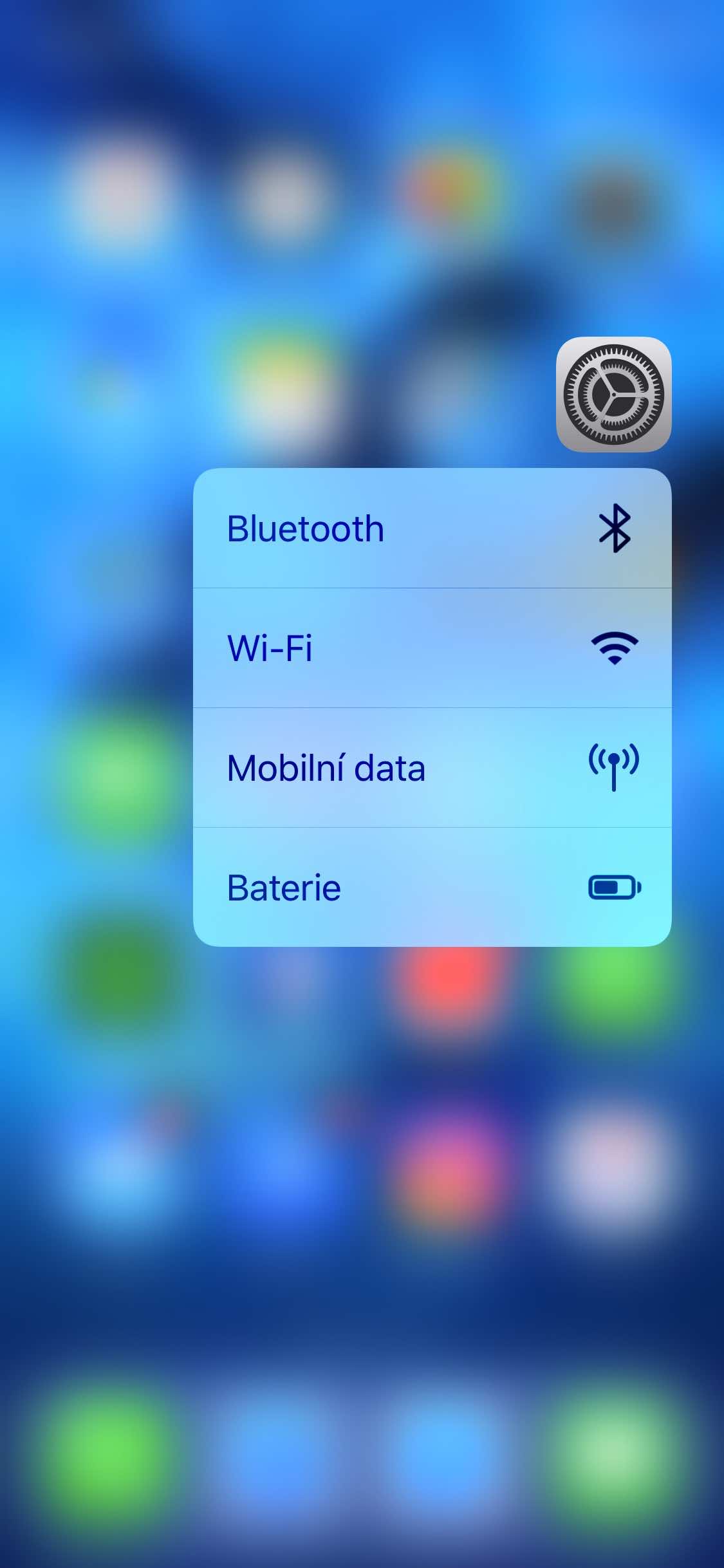
 Samsung Magazine
Samsung Magazine